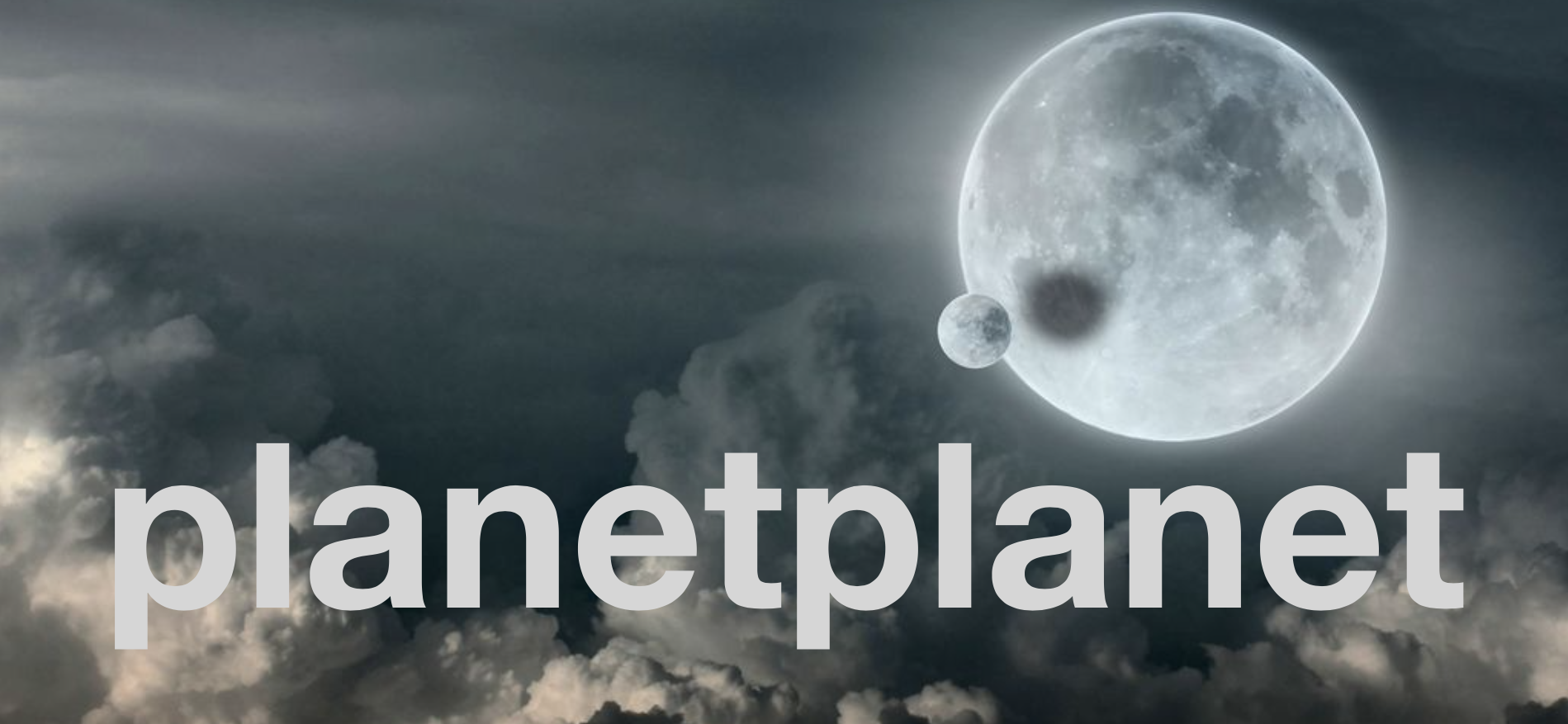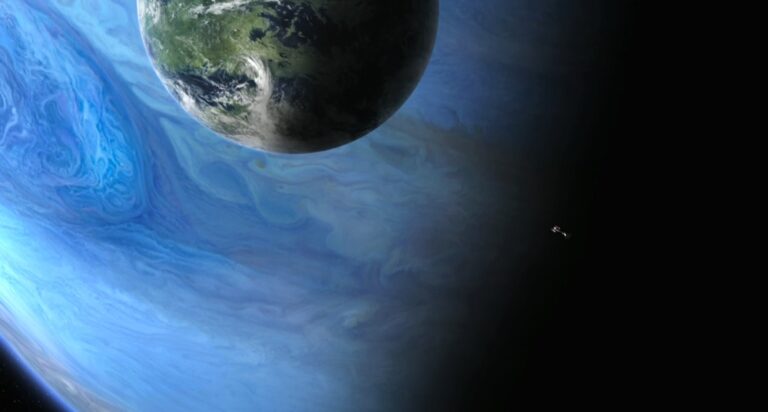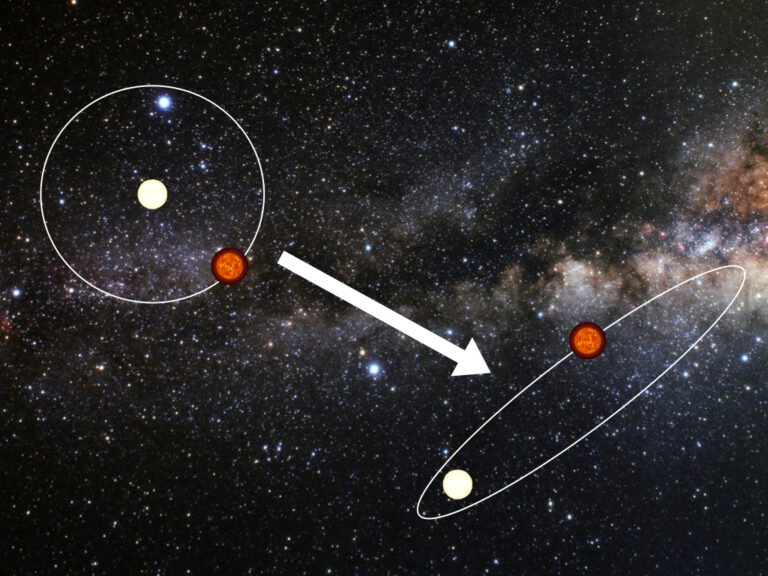Building the ultimate Solar System part 2: choosing the right planets
We are building the ultimate Solar System. In Part 1 we chose the right star.
Today’s job: choosing the right planets to put in our ultimate Solar System.
Let’s stick to two defining characteristics: a planet’s size (or mass) and its composition. We want Goldilocks-ish planets. They shouldn’t be too small, too big, too dry or too wet. But how small/big/dry/wet is too small/big/dry/wet? Let’s check it out.
But first, a quick reminder of why we care (aka exoplanet porn):

NOT TOO SMALL. A planet that is too small has a couple of key weaknesses. First, a planet less massive than about 10% of Earth’s mass doesn’t have strong enough gravity to hold onto an atmosphere for billions of years. Second, a planet less than about 30% of Earth’s mass is unlikely to have enough internal heat (from Uranium-238) to maintain plate tectonics for billions of years. Why do we care about plate tectonics? Because it is Earth’s long-term thermostat. Then again, in some cases tides can heat planets enough to help with plate tectonics. In fact, tides should help out for planets in the habitable zones of our chosen, relatively cool stars.
Summary: Too small means smaller than about 10%-30% of Earth’s mass. For a similar composition to Earth, that is about half to 70% the size. Let’s let the little guys in and call it half.
NOT TOO BIG. Why couldn’t we live on an Earth that was a hundred or a thousand times more massive? Because we wouldn’t have a surface to stand on! Planets smaller than 1.5 to 2 times the Earth’s size are “super-Earths”. They are rocky and presumably similar to Earth. But larger planets are dominated by gas instead of rocks. No surface to stand on. Not what we’re looking for.
Summary: Too big means bigger than about twice Earth’s size.
NOT TOO DRY. This seems like an easy one. Life on Earth requires water. We want water on our planets. But how little water is too little? This is tricky. All of the water on Earth’s surface is called one “ocean”. Earth has about ten more oceans of water in its interior. If Earth had half or one tenth its current water budget, how would it be divided between the interior and surface? This is difficult to know. It depends on how a planet’s water is divided between the planet’s surface and interior. And this depends on how water cycles through the planet. If a planet is too dry then all its water could be trapped in the interior with none on the surface. But exactly how much is not known.
A small water content on planet’s surface can in some cases be beneficial. So-called “Dune” planets with very little water may be protected against a runaway greenhouse effect and could be habitable closer to their stars than planets like Earth. Still, you need some water. Mars probably formed with less water than Earth, yet there is evidence that Mars had episodes of liquid water flowing on its surface.
Summary: Too dry means that there is no water on the planet’s surface because it is all trapped in the interior. Although this number is not known, let’s throw out a guess and say that too dry means less than about 10% of Earth’s water content (proportional to its mass).
NOT TOO WET. The question here is whether we want our planets to have continents. Or can they be water worlds covered in deep global oceans? A water world cannot have the same geological thermostat as the Earth, because Earth’s relies on burying atmospheric carbon in surface rocks (and later erosion of those rocks). Still, it’s possible that other geological feedbacks could step in and provide a stable climate. There hasn’t been enough work on this subject to be sure.

Let’s start with planets with continents. Continents have been pretty good to us, what with forests and beaches and mountains and all. Our ultimate Solar System should focus on planets with continents. If we’re in the mood we can always sprinkle in some water worlds. If nothing else, these could be good vacation spots and encourage civilizations to invent interplanetary travel.
There is a nice new paper that calculates the boundary between water worlds and planets with continents. It showed that if Earth had about ten times more water it would be a water world.
Summary: Too wet means water worlds with more than about 10 times Earth’s water content (relative to its mass).
OVERALL SUMMARY: We want planets that are not too small, big, dry or wet. We want planets with atmospheres, surfaces, oceans and continents. This translates to worlds between about half and twice the size of Earth, with between 10 times less and 10 times more water than Earth. With maybe a few water worlds thrown in for scuba-diving!
But remember that one way to pack more worlds in our ultimate Solar System is by making them moons of gas giant planets. So we will be thinking about more than just the Goldilocks planets!
Up next: What orbits for the planets in our ultimate Solar System?







I have a difficult time imagining a real “desert” planet sustaining a complex ecosystem unless it has actual lakes and seas where a hydrological cycle can occur. The parts of the Atacama Desert where essentially no rain falls (none having been detected in hundreds of years) are so desolate that they can’t support much more than bacteria.
Brett, you are right that a desert world with zero water is not habitable. But a planet with just a little surface water — sometimes called “Dune planets” — may actually be a very good place for life (see here: http://www.astrobio.net/news-exclusive/alien-life-more-likely-on-dune-planets/) although there is some debate about whether you could maintain such a low amount of surface water.
Wow that was odd. I just wrote an very long comment but after I clicked submit my comment didn’t appear. Grrrr… well I’m not writing all that over again. Regardless, just wanted to say great blog!